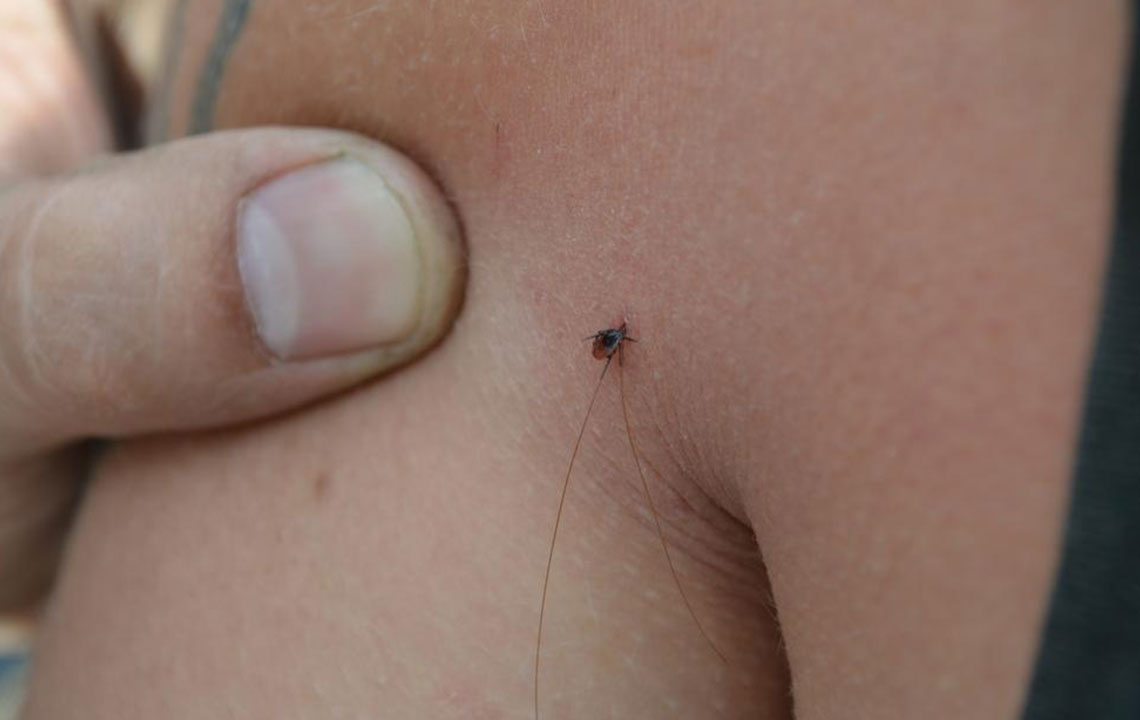Spider Bite Identification Everything You Need To Know
If you think a spider has bitten you, it is harmless in most cases, and you don’t need to panic. Spiders are generally harmless and prefer to hide in the dark. They attack when they feel threatened or when exposed from their hiding space.
You will not have to worry if you have a spider bite as most of these bites are harmless. Treating spider bites is very simple, and the bite marks can be easily taken care of with timely care and treatment.

Why Spiders Bite
A few spiders in the wild are known to be aggressive. These spiders are capable of attacking and causing harm. They are the poisonous ones. On the other hand, the non-poisonous spiders often bite as an act of self-defense. They prefer to hide in dark and isolated places. You may even come across harmless spiders in your home and be unaware of it.
Spider bites cause itchy red spots on the skin. The spots clear up in a few days, and you will find no sign of it. Most of the spiders have fangs that are too short to penetrate the human skin. While most of the bites are painless, you may experience a sting in some.
Spider bite identification is essential as you need to be aware if a poisonous spider has bitten you. The venom from the spider reacts differently in each person. Dangerous spiders can inflict bites and leave unnoticed. It is later that you start feeling its effect.
Spider Bite Identification
You can identify spider bites in no time. You may not notice it for a few hours, but once you do, you can easily tell. There will be swelling and skin damage on the spot where you have been bitten.
Here are the other possible symptoms.
- Itching and rashes
- Blister in red or purple
- Pain in the area
- Sweating
- Headache
- Fever
- Chills
- High blood pressure
A spider bite will take longer to heal than any other insect bite. So, it is important to treat the bite and clean it to avoid any infection.
Best Spider Bite Treatments For Non-Poisonous Bites
If you get bitten by a small harmless spider, you can treat it at home. These are the steps you must take to deal with the bite caused by a known venomous spider.
- Keep an ice pack in the area on and off for 10 minutes.
- Take an antihistamine if there is itching.
- Keep the area clean to prevent any infection.
- Apply antibiotic ointment to the area if you find blisters forming.
If you think that a venomous spider caused the bite, spider bite identification will help decide the type of medical attention you need. A tell-tale sign is that you will experience extreme symptoms that stay longer than usual.
Spider Bite Identification: Poisonous Spiders
Spider bite identification is easy if you see the spider that bit you. The following spiders can be identified and are known for their harmful side effects.
Black Widow
The black widow spider is one of the most popularly known spiders. Only the female black widow is harmful, and once you are bitten, you will see two spots on your skin. It is best to seek medical attention immediately. If you identify the spider, you will be treated for it. It is a shiny dark spider with a reddish mark on its body.
Brown Recluse
The brown recluse spider prefers to stay in the dark and does not attack until threatened. The bite resembles a bull’s eye, and you will see the mark 8 hours after getting bitten. The bite will turn reddish, and you will experience an intense itching sensation. It can escalate to a headache and fever if not treated immediately.
Hobo Spider
The hobo spider has long legs and moves very fast. The wound will cause a reaction in less than 15 minutes. If left untreated for over 24 hours, the wound will turn black.
Tarantula
The tarantula spider is also a well-known spider that lives under rocks. The bite is not very harmful. But, you may experience symptoms like low blood pressure, rapid heartbeat, eye puffiness, and swelling. It is best that you get treatment for it immediately.
Wolf Spider
The wolf spider is a deadly spider that stalks its prey on the ground. It has two large eyes and six smaller ones. The spider can cause a tear in the skin leading to swelling and pain. The bite can even cause tissue damage. Spider bite identification, in this case, is essential.
Camel Spider
The camel spider is a fast moving spider that is commonly found in deserts. The camel spider bite identification is easy as it tears the skin but does not leave any venom inside. However, the open wound can lead to infection.
Jumping Spider
The jumping spider is a household spider that jumps from one surface to the other. It is a black spider with white spots all over its body. You can find it near gardens, and they leave a wasp like a sting. The sting of a jumping spider is poisonous if you are allergic to spider venom.
If the injury appears to be severe, then it is best to visit a specialist. Poisonous spiders are fewer in number, and you will not come across them in places populated with people. If you were out on a trek or camping somewhere in the forest, you might come across a few poisonous ones. It is best to equip yourself with the spider bite identification and learn how to treat it.


